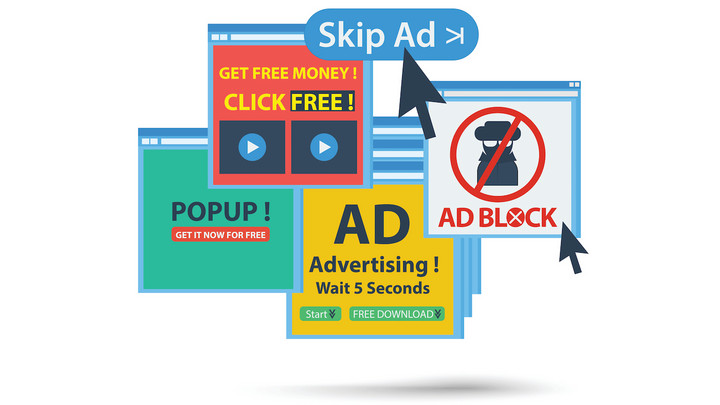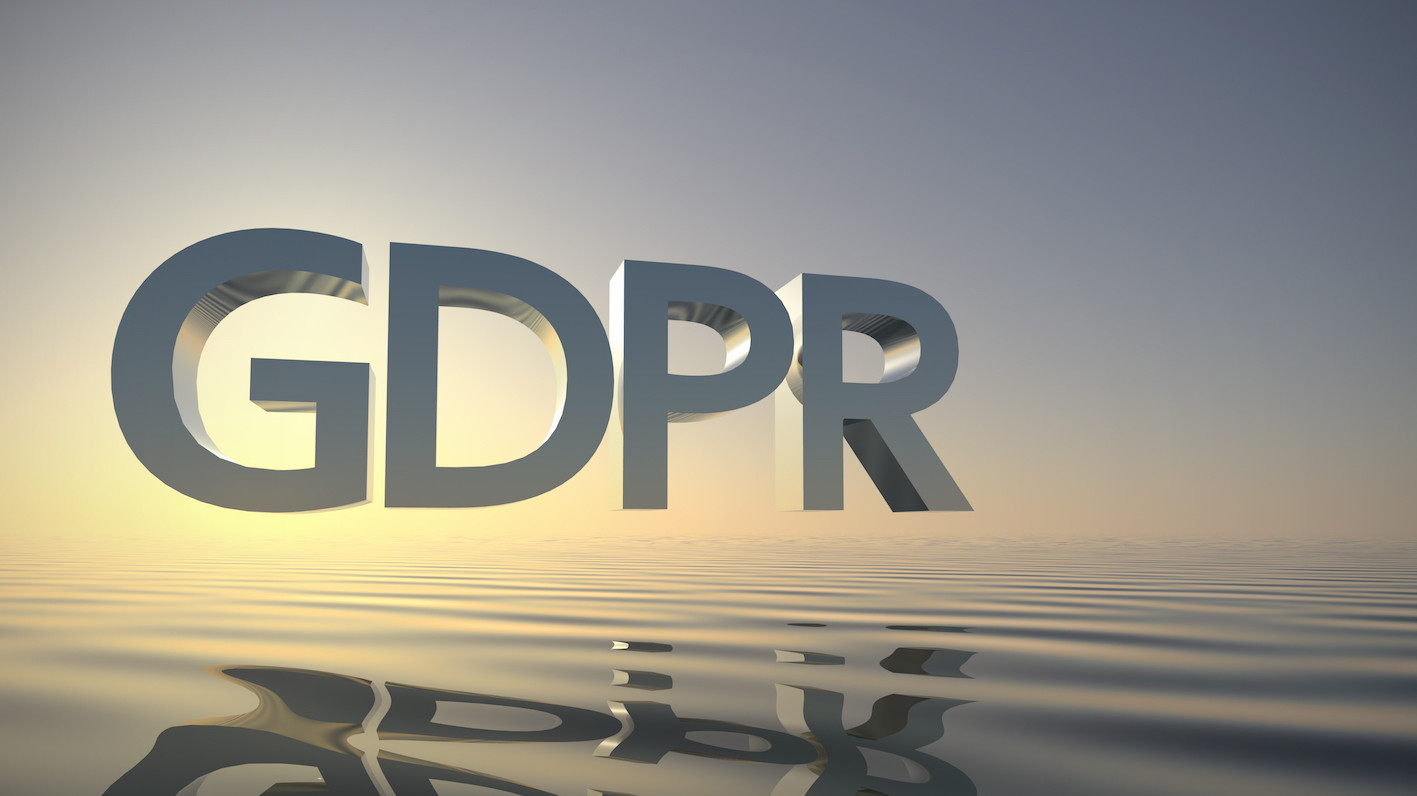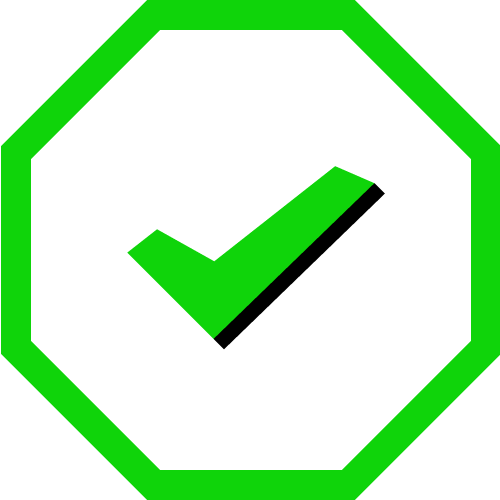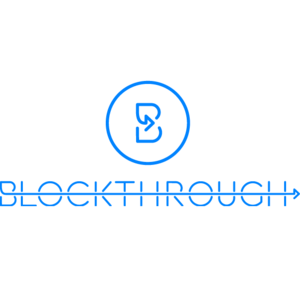A Brief History of Acceptable Ads
Marty Krátký-Katz, Member of the Acceptable Ads Committee, on balancing the needs of users and publishers through responsible advertising.

© Hipspeeds | istockphoto.com
Ad blocking. You either love it or hate it with a passion. There is usually no middle ground when it comes to ad blockers. You either recommend them to friends and relatives, or talk badly about them every chance you get. But it’s 2020 now, and the ad-blocking space has evolved quite a bit in the past decade.
A new ecosystem has formed around user-consented, respectful advertising that allows publishers to monetize their content while still protecting consumers’ rights and wishes.
Let me give you a little history lesson. In early 2006, Wladimir Palant wrote and released the first version of the Adblock Plus browser extension. Over the years that followed, Adblock Plus was downloaded more than one billion times and has become a household name, disrupting the primary revenue stream for online publishers around the world.
Wladimir was torn. On the one hand, he realized a sustainable Internet was not possible if publishers were unable to monetize the content they produced, but on the other hand, he knew that many advertisements were just plain awful. There had to be a way to bring it all together and enable publishers, advertisers, and ad-blocking users to all get along.
In 2011, Wladimir and the eyeo team, the company he co-founded that runs Adblock Plus, launched the first iteration of Acceptable Ads. As those familiar with the story know, this made a lot of people very angry. A vocal minority of ad-blocking users preferred to block all ads (and didn’t know they could still do this in their settings); and the advertising and publishing industries, which had been entirely self-regulated till then, didn’t like the idea of an outsider like eyeo setting new rules for them to play by, nor the idea that eyeo would monetize Acceptable Ads in any way.
Nonetheless, if there’s one lesson we all should have learned from the early days of the Internet, it’s that letting advertisers and publishers self-regulate only leads to a Wild West scenario. Remember pop-ups? Those only went away because the browsers stepped and baked pop-up blockers into their software.
The rise of ad blocking has been a clear market signal that industry self-regulation has continued to fail the user. And whatever your opinion is on eyeo, or the first iteration of Acceptable Ads, it’s a near certainty that if eyeo and Adblock Plus hadn’t done it, another ad blocker would have (and in fact, others have tried, e.g. Brave).
Yet despite that, industry acceptance of Acceptable Ads has been a slow burn. If you asked many in the advertising or publishing world just a couple of years ago what they thought of Acceptable Ads, or eyeo, you would get some interesting looks and comments… For one, IAB chief Randall Rothenberg called Adblock Plus an “extortion racket.” Yikes.
But regardless of whether anyone in the industry actually liked eyeo, the downloads kept coming and users embraced it; today, 92% of adblock users allow Acceptable Ads over no ads when they have the option of both. Like them or not, Adblock Plus and eyeo have figured out a way to deliver an objectively better Internet experience and have finally given users a voice in the conversation around what sorts of advertising practices are acceptable.
Like it or not, thanks to the meteoric rise of ad blocking, advertisers and publishers are beginning to understand that smacking users in the face with excessive, bad, or interruptive advertising can cause them to lose their audiences for good.
That said, eyeo learned a valuable lesson from the initial blowback it received... It became clear that they couldn't both make the rules for what constitutes ‘acceptable’ advertising and also enforce them. Something about being judge, jury, and executioner rubbed people the wrong way.
So, in 2015, eyeo started the process of handing over control of the Acceptable Ads standard to a non-profit entity that would independently define and continually update the criteria for what is ‘good’ vs. ‘bad’ advertising. eyeo brought together leaders in the digital advertising world at two feedback sessions which they called “Camp David NYC” and “Camp David Europe,” to gather their expert advice on how to go about doing that. In March 2017, the first Acceptable Ads Committee (AAC) meeting was held with its new membership; consisting of digital rights organizations, users, advertisers, ad-tech, agencies, academic leaders, and content creators. Other ad blockers also rallied around the newly-independent AAC, including Adblock and Crystal, among others.
Today, the AAC is a working group of 42 industry leaders from across all stakeholders impacted by ad blocking, as well as – most importantly – ordinary consumer users. The AAC oversees everything revolving around the Acceptable Ads standard, guiding its evolution, and voting on new criteria as made necessary by innovations within the digital advertising ecosystem. And perhaps most interestingly, since 2017, a totally new ecosystem of companies has sprung up around Acceptable Ads.
One of those new companies was my own startup, Toronto-based Blockthrough. Founded in 2015 by a pair of ad-blocking users (myself included) who were sympathetic to the plight of publishers, Blockthrough originally developed ad-blocker circumvention technology for publishers, before successfully pivoting to Acceptable Ads after the standard became independent in 2017.
As we researched the early entrants into the nascent space, we realized they were all taking the outdated approach of trying to build an ad network or exchange for Acceptable Ads. Nobody was trying to restore publishers’ existing ad network/exchange partners in a way that complied with user-consented Acceptable Ads. We got to building, and in March 2018, with less than a month’s worth of cash in the bank, we were the first to market with such a product.
Since then, Blockthrough has recovered tens of millions of dollars for our publisher customers and, in 2019, we became the most widely-adopted ad-blocking monetization solution in North America.
Today, 1 in 5 of the top 100 US publishers affected by ad blocking works with us as their Acceptable Ads monetization partner.
Taking off my Blockthrough hat for a moment, I’ve also been very active in the Acceptable Ads community. In late 2017, I became a member of the AAC, and a year later, I was elected to the roles of Board Member and President.
Ultimately, I believe the reason Acceptable Ads has been successful is that it has focused on solving problems for both the user (giving the user total control to either not see ads at all, or to allow ads that are respectful and not crazy, i.e. “acceptable”) and the publisher.
Acceptable Ads protects users, but it also helps make sure publishers are able to monetize their traffic sustainably. Not only does a “scorched earth” approach to ad blocking rob publishers of their ability to get paid for an honest day’s work, but it does so needlessly, given that the overwhelming majority of ad-blocking users are willing to accept a lighter ad experience.
As with most things as controversial as ad blocking, there usually exists a middle ground, a compromise that most people on either side of the controversy are willing to accept, and that’s what Acceptable Ads is all about.
The fact that there is now a thriving ecosystem around Acceptable Ads is proof that Acceptable Ads is working.
Marty Krátký-Katz is a tech entrepreneur with a decade of experience in sales, business development, talent acquisition, and operations. He is co-founder and CEO at Blockthrough, the market leader in helping online publishers recover the revenue they lose to ad blocking without upsetting users. Prior to this, he co-founded MicroMetrics, an award-winning SaaS company with a customer experience product for retail & hotel chains. He received a Forty Under 40 award as well as a couple of local business awards for previous ventures. He speaks 5 languages fluently, and is a dual citizen of Canada and the Czech Republic.
Please note: The opinions expressed in Industry Insights published by dotmagazine are the author’s own and do not reflect the view of the publisher, eco – Association of the Internet Industry.






